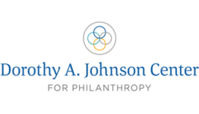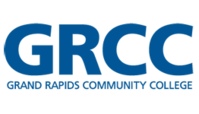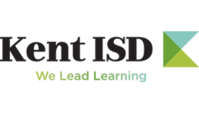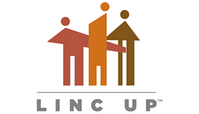About Grand Rapids Southeast Promise Neighborhood
Our Story
GRSEPN, Grand Rapids Southeast Promise Neighborhood Project is one of 8 Promise Neighborhood grants awarded by the U.S. Department of Education in 2021. Under the direction of Western Michigan University Faculty, Dr. Patricia Reeves and Dr. Jianping Shen, the GRSEPN grant was written to target the southeast quadrant of Grand Rapids, Michigan. The project consists of a partnership between various organizations and Grand Rapids Public Schools, focused on enhancing and providing resources in the following key areas:
Early Childhood Development: developmental screening, language & motor development, quality 3 & 4 year old preschool programs, parent education.
Family & Community Engagement/Support: navigation systems, healthy nutrition, substance abuse prevention, school engagement.
Learning Readiness: life skill learning & development, resilience & persistence, attendance & engagement, trauma response, safety & well-being.
Academic Success: K-12 literacy, K-12 Math (including 8th grade algebra), teacher/leader development & shared ownership, aligned systems, processes & resources, successful school transitions, extended day learning opportunities, summer learning opportunities and math, successful school transitions, high school completion.
College & Career Readiness: career explorations, college & workplace competencies, college & certificate program enrollments, degree & certificate completion, job placement.
Along with our community partners and stakeholders, we implement a coordinated and aligned system of evidence-based strategies to provide students with a high-quality, excellence-producing, birth-to-career educational experience. From 2022-2026, we will work with our evaluation partners to measure the impact and efficacy of our work to achieve two key outcomes:
Growth and excellence in student learning opportunities and outcomes
Increased parent and family supports
Who are GRSEPN Partners?
- Grand Rapids Public Schools
- Kent Intermediate School District
- Western Michigan University Center for School Renewal-High Impact Leadership School Renewal Project
- Baxter Community Center
- Family Futures
- Grand Rapids Community College
- LINC Up of Grand Rapids
- YMCA
- United Methodist Community House
What is the Catchment Area?
GRSEPN supports the neighborhoods in the Southeast side of Grand Rapids. At the heart of our GRSEPN are our schools.
Schools within the GRSEPN:
- Ottawa Hills High School (9-12)
- University Preparatory Academy (6-12)
- Alger Middle School (6-8)
- Brookside Elementary School (PK-5)
- Campus Elementary School (PK-5)
- Congress Elementary School (PK-5)
- Dickinson Academy (PK-8)
- Gerald R. Ford Academic Center (PK-8)
- Ken-O-Sha Elementary School (PK-5)
- Martin Luther King Jr. Leadership Academy (PK-8)
- Mulick Park Elementary School (PK-5)
- Ridgemoor Park Montessori Academy (PK-6)
- Sherwood Park Global Studies Academy (PK-6: IB)
Our Mission
Inspired by the work of Geoffrey Canada and the Harlem Children’s Zone, a Promise Neighborhood is a community, place-based initiative that brings together schools, community organizations, businesses, and stakeholders to provide Cradle to Career opportunities and resources to children and families. Funded by the U.S. Department of Education’s Office of Innovation, Promise Neighborhood grants target urban, rural, and tribal communities, creating opportunities to provide academic, social, emotional, and health related supports that target 14 key initiatives.
The vision of the program is that “all children and youth growing up in Promise Neighborhoods have access to great schools and strong systems of family and community support that will prepare them to attain an excellent education and successfully transition to college and a career.”
The purpose of Promise Neighborhoods is to significantly improve the educational and developmental outcomes of children and youth in our most distressed communities, and to transform those communities by:
-
Identifying and increasing the capacity of eligible entities that are focused on achieving results for children and youth throughout an entire neighborhood;
-
Building a complete continuum of cradle-to-career solutions of both educational programs and family and community supports, with great schools at the center;
-
Integrating programs and breaking down agency “silos” so that solutions are implemented effectively and efficiently across agencies;
-
Developing the local infrastructure of systems and resources needed to sustain and scale up proven, effective solutions across the broader region beyond the initial neighborhood; and
-
Learning about the overall impact of the Promise Neighborhoods program and about the relationship between particular strategies in Promise Neighborhoods and student outcomes, including through a rigorous evaluation of the program. (US Department of Education)











